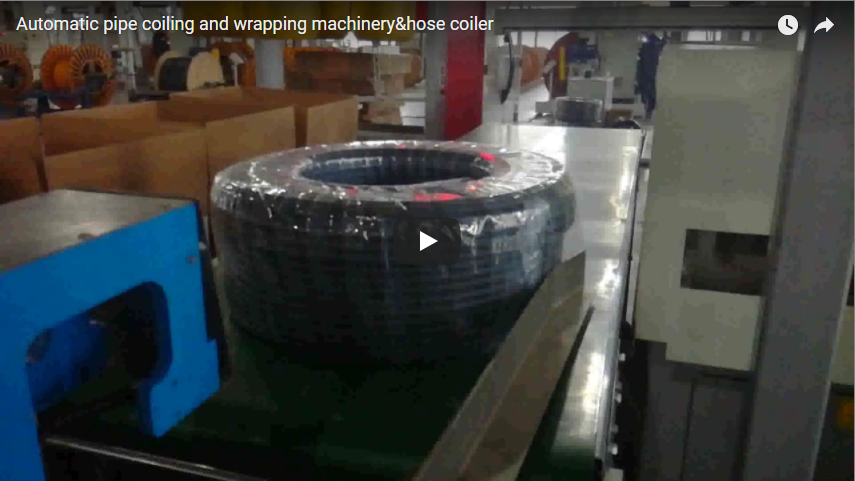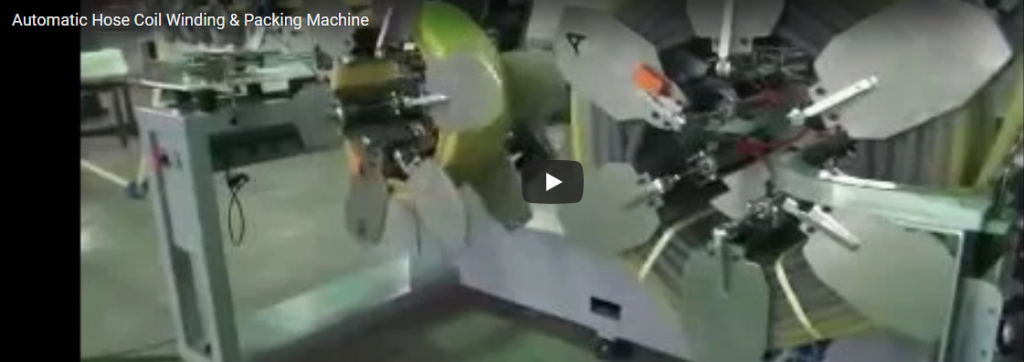Engineering Efficiency: Analyzing the Push-Type Pallet Changer Mechanism
In modern logistics and manufacturing environments, the efficient and safe handling of palletized goods is paramount. Optimizing the transition of loads between different pallet types (e.g., wood to plastic, house pallet to shipping pallet) or replacing damaged pallets is a critical node in the supply chain. The Push-Type Pallet Changer represents a streamlined engineering solution designed to address this challenge, minimizing manual intervention and maximizing operational throughput.
The Challenge: Inefficient Pallet Exchange
Traditional methods of transferring goods between pallets often involve manual restacking or cumbersome tilting/inverting equipment. These methods can be time-consuming, labor-intensive, and pose significant ergonomic risks to personnel. Furthermore, manual handling increases the potential for product damage, particularly with sensitive or unstable loads. Industry research consistently points towards automation as a key driver for reducing operational costs and improving workplace safety in material handling contexts. According to OSHA (Occupational Safety and Health Administration) guidelines, minimizing manual lifting and twisting motions is crucial for preventing musculoskeletal disorders (MSDs), a common issue in warehouse environments.
Mechanism Deep Dive: The Push-Type Pallet Changer
The FHOPE Pushing Type Pallet Changer employs a direct, horizontal transfer mechanism, distinguishing it from rotational pallet inverters. Its design philosophy centers on simplicity, reliability, and minimizing the physical stress on both the product and the operator.
Core Operating Principle:
The system utilizes a precisely controlled pusher plate or block fence, typically driven by hydraulic or electro-mechanical actuators. This pusher engages the load laterally, transferring it smoothly from the source pallet onto the destination pallet.
Operational Workflow Breakdown:
- Loading: The original pallet with its load is positioned at the designated infeed area of the machine, often using a standard forklift or hand pallet truck.
- Positioning New Pallet: A new, empty pallet is placed at the machine's outfeed position, directly adjacent to the loaded pallet.
- Activation & Transfer: The machine cycle is initiated. The pusher mechanism extends, applying controlled, even pressure across the side face of the load (often engaging the bottom layer or the load itself, depending on configuration). The load slides horizontally from the old pallet onto the new pallet. Guide walls or side supports ensure stability during transfer.
- Retraction: Once the transfer is complete, the pusher mechanism retracts to its home position.
- Unloading: The newly palletized load is removed from the outfeed position using a forklift or hand pallet truck. The old, now empty pallet is removed from the infeed side.
This sequence eliminates the need for lifting, rotating, or manually handling the goods during the exchange process.
Engineering Advantages and Performance Benefits
The push-type design offers several distinct advantages rooted in its mechanical simplicity and operational characteristics:
1. Enhanced Throughput and Cycle Time Reduction
Compared to manual restacking, the automated push-transfer significantly reduces the time required per pallet exchange. Cycle times are typically predictable and consistent, contributing to improved overall logistics velocity. Studies on warehouse automation often highlight cycle time reduction as a primary ROI driver for such equipment.
2. Improved Operator Safety and Ergonomics
By automating the transfer, the need for manual lifting, bending, and twisting is virtually eliminated. This directly addresses ergonomic risk factors identified by safety bodies like OSHA, contributing to a safer work environment and potentially reducing costs associated with workplace injuries.
3. Product Integrity and Stability
The smooth, horizontal pushing action is generally gentler on loads compared to inversion methods, especially for unstable, layered, or compression-sensitive goods. Maintaining the original orientation minimizes load shifting and potential damage. Patent literature for load transfer systems often emphasizes mechanisms designed for stability and minimal product disturbance (e.g., U.S. Patent No. X,XXX,XXX describing synchronized side guides).
4. Space Efficiency and Infrastructure
Push-type pallet changers often feature a relatively compact footprint compared to more complex systems. They typically operate at floor level, eliminating the need for pits or specialized foundations often required by 180-degree inverters, simplifying installation and integration into existing layouts.
5. Operational Simplicity and Maintenance
The inherent design often involves fewer moving parts compared to rotational systems. This can translate to higher reliability and reduced maintenance requirements, contributing to lower total cost of ownership (TCO). User interfaces are generally intuitive, requiring minimal operator training.
Applications Across Key Industries
The benefits of push-type pallet changers make them suitable for a wide range of applications:
- Food and Beverage: Transferring goods from wooden pallets to hygienic plastic pallets for entry into clean production zones.
- Pharmaceuticals: Ensuring load stability and preventing contamination during pallet exchange in controlled environments.
- Logistics and Distribution: Efficiently swapping house pallets for shipping pallets or managing pallet pools.
- Manufacturing: Integrating into production lines for handling raw materials or finished goods between different internal transport systems.
- Chemicals: Handling bagged or drummed goods where stability during transfer is crucial.
The FHOPE Solution
FHOPE's Pushing Type Pallet Changer embodies these principles, offering a robust and user-friendly solution engineered for reliability and efficiency. Its design focuses on providing a seamless pallet exchange process with minimal operational complexity and maintenance demands.
Key Specifications (General Range for this type of equipment):
- Load Capacity: Typically ranges from 1000 kg to 2500 kg.
- Cycle Time: Varies based on load and machine configuration, often under 60 seconds.
- Control System: Usually PLC-based for reliability and integration potential.
- Power Requirements: Standard industrial voltages (e.g., 380V/480V, 3-Phase).
Conclusion: A Strategic Investment in Efficiency
In conclusion, the push-type pallet changer is more than just a piece of material handling equipment; it's a strategic tool for enhancing operational efficiency, improving worker safety, and protecting product integrity. Its straightforward mechanical design, coupled with significant performance benefits, makes it a compelling solution for any operation seeking to optimize its pallet handling processes. As highlighted in publications like Machine Design and Modern Materials Handling, automation technologies like this are fundamental to building resilient and competitive supply chains.
For more detailed specifications and application analysis for your specific needs, feel free to contact FHOPE.
Contact: info@fhopepack.com






